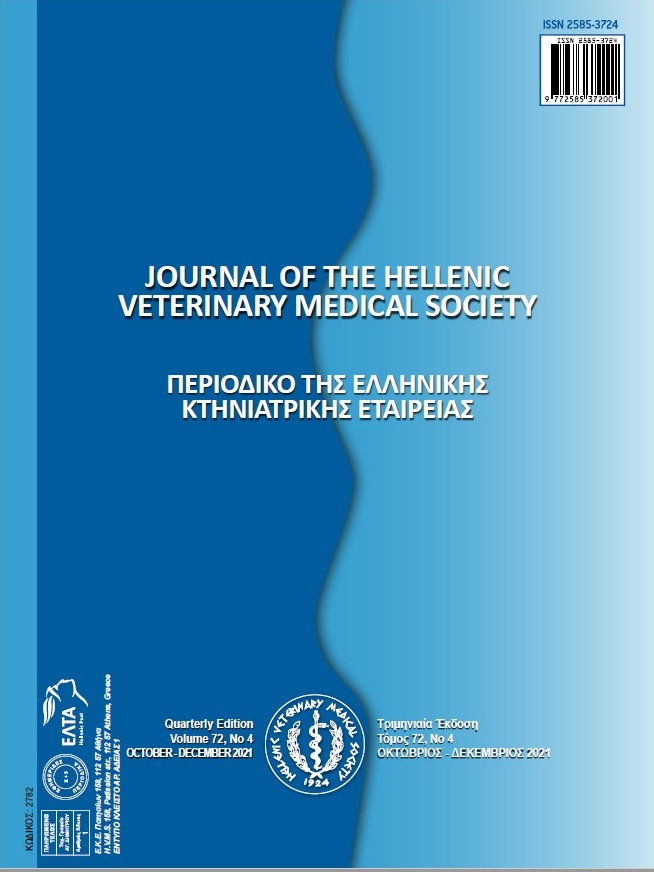Genetic parameter estimates of chick quality, growth, and carcass characteristics in Japanese quail

Abstract
The aim of this study was to estimate the heritabilities of chick quality and growth traits and their genetic relationships with some slaughter traits. Chick quality was determined using both Tona and Pasgar score methods. All birds were slaughtered at 8 weeks of age to measure carcass yield (CY), and percentage of breast (BY), leg (LY), wing (WY), abdominal fat (AFY). Heritability estimates for chick quality scores of Tona and Pasgar were found 0.08, and 0.09, respectively. Heritability estimates for growth curve parameters and inflection point coordinates of the Gompertz model were low to moderate, with values ranging from 0.17 to 0.26. Low heritability estimates for CY, BY, LY, and WY were found 0.04, 0.14, 0.09, and 0.07, respectively. Genetic and phenotypic correlations between chick quality and BW-growth traits were determined low and statistically non-significant (P>0.05). Similarly, genetic and phenotypic relationships between chick quality and carcass yield, and between chick quality and percentages of carcass parts were found low and statistically non-significant (P>0.05). As a result, it is possible to say that applying multitrait selection, including chick quality, will not affect other yield characteristics positively or negatively. However, in virtue of the chick quality is a very low heritable trait, environmental improvement of chick quality trait may be considered rather than genetic improvement.
Article Details
- How to Cite
-
NARINÇ, D., & AYDEMIR, E. (2022). Genetic parameter estimates of chick quality, growth, and carcass characteristics in Japanese quail. Journal of the Hellenic Veterinary Medical Society, 72(4), 3363–3370. https://doi.org/10.12681/jhvms.29378
- Issue
- Vol. 72 No. 4 (2021)
- Section
- Research Articles

This work is licensed under a Creative Commons Attribution-NonCommercial 4.0 International License.
Authors who publish with this journal agree to the following terms:
· Authors retain copyright and grant the journal right of first publication with the work simultaneously licensed under a Creative Commons Attribution Non-Commercial License that allows others to share the work with an acknowledgement of the work's authorship and initial publication in this journal.
· Authors are able to enter into separate, additional contractual arrangements for the non-exclusive distribution of the journal's published version of the work (e.g. post it to an institutional repository or publish it in a book), with an acknowledgement of its initial publication in this journal.
· Authors are permitted and encouraged to post their work online (preferably in institutional repositories or on their website) prior to and during the submission process, as it can lead to productive exchanges, as well as earlier and greater citation of published work.



